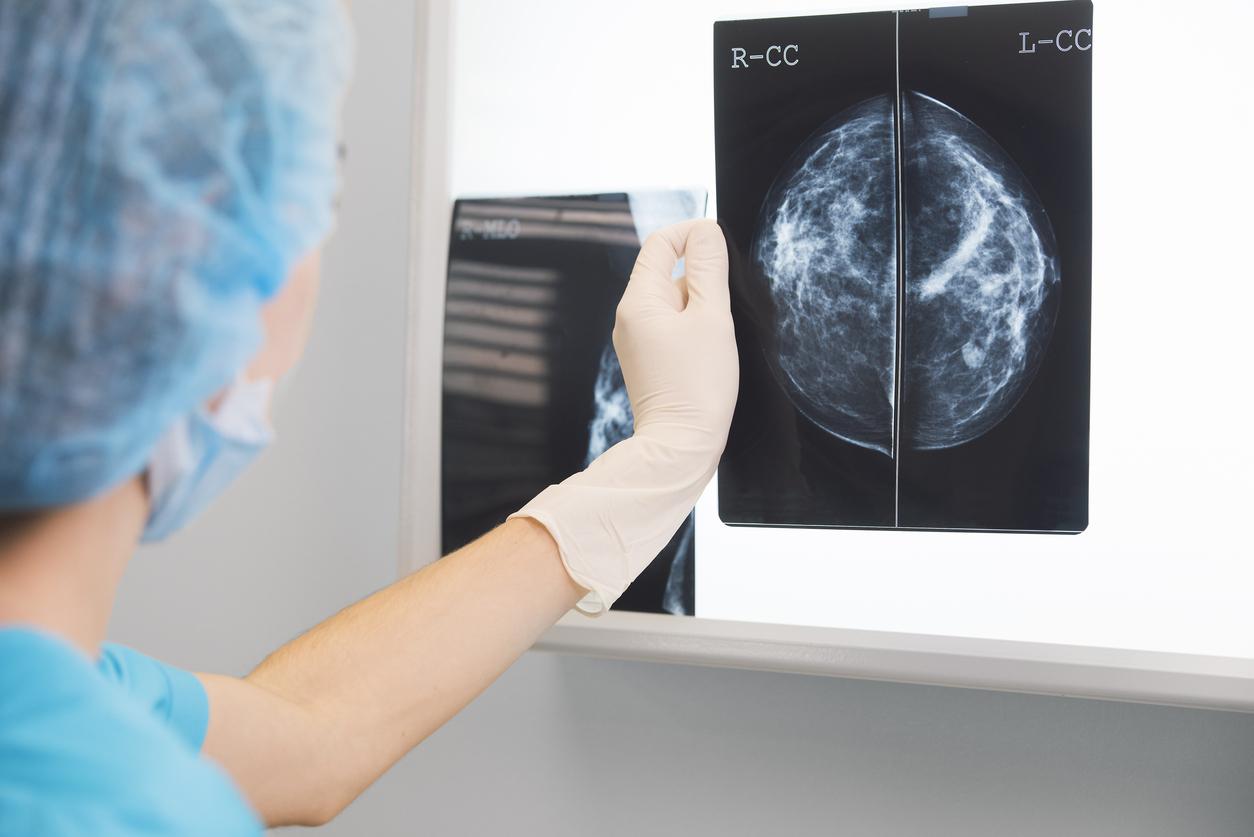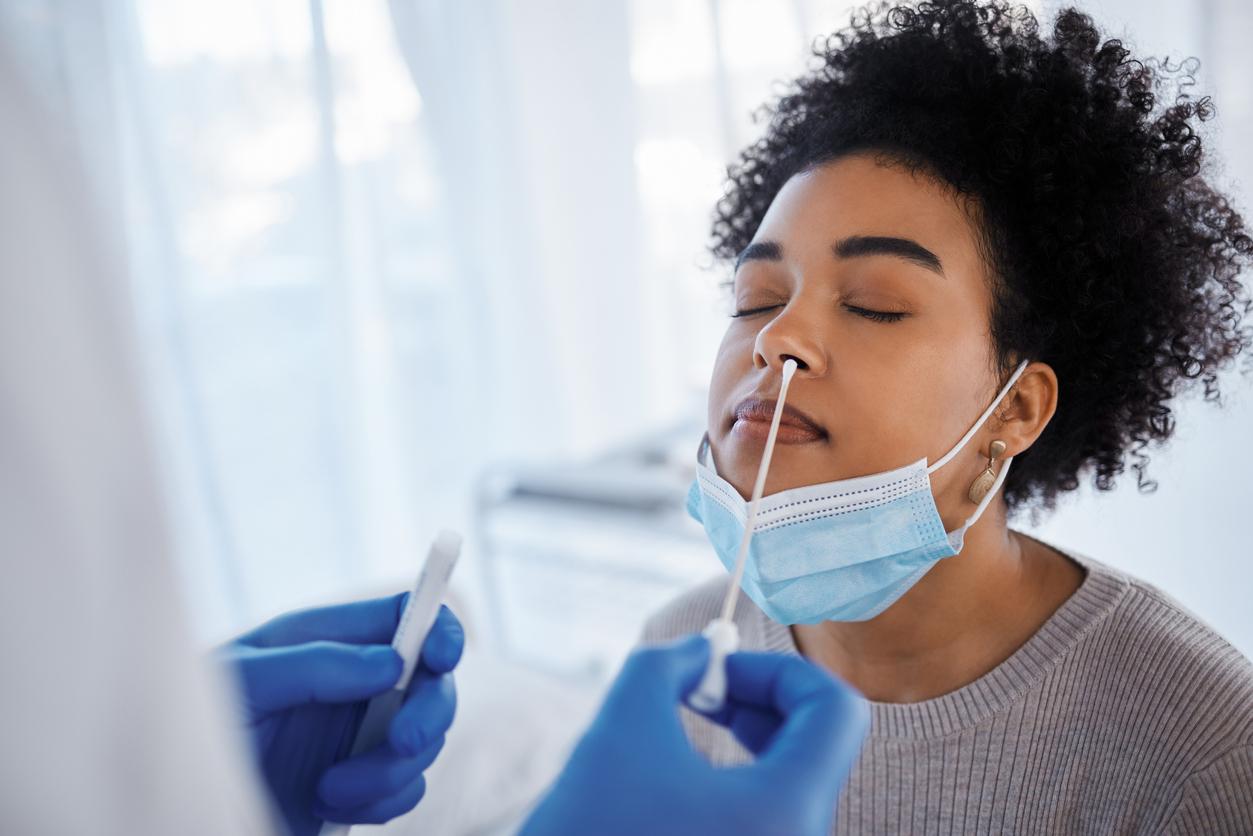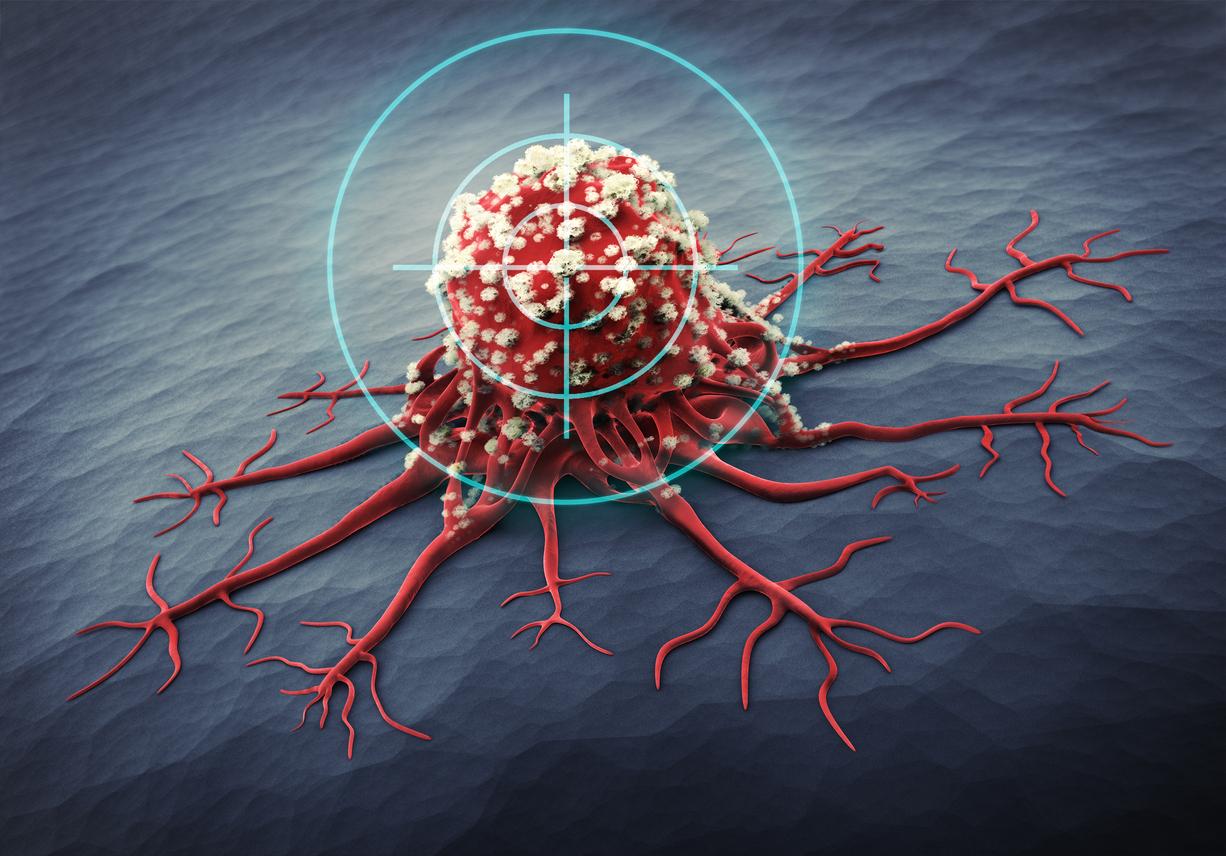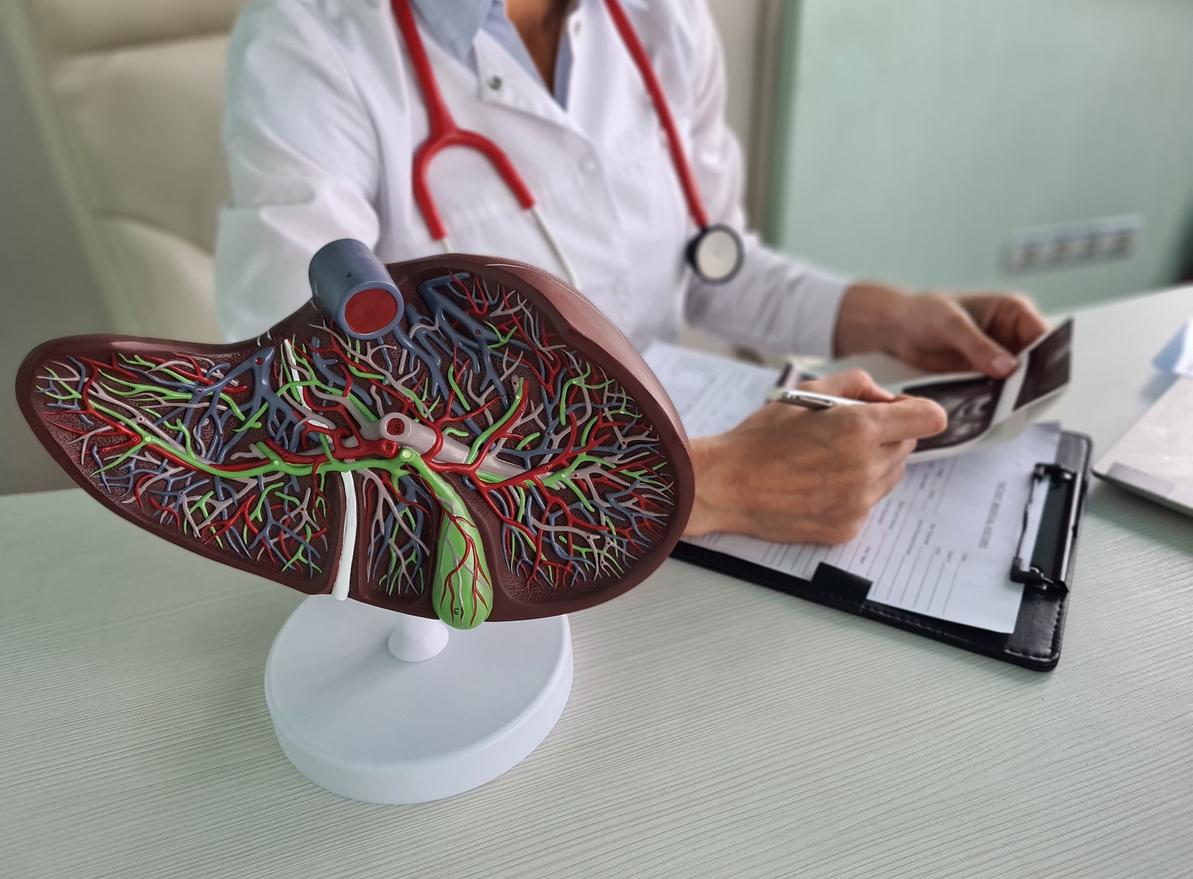A new study published in the professional journal The Lancet of Infectious disease clearly suggests that the decline in the effectiveness of existing antibiotics risks compromising the most common surgical operations as well as the recovery of cancer patients who follow chemotherapy.
For this study, the researchers (a team of scientists working in different American scientific institutions) analyzed trials carried out in American clinical settings from 1968 to 2011. They also used data from the National Health and Safety Network to estimate the proportion of infections caused by bacteria that are resistant to the standard antibiotics currently used for prophylaxis, i.e. the prevention of infections.
“We estimate that between 38.7% and 50.9% of pathogens causing surgical site infections and 26.8% of pathogens causing infections after chemotherapy are antibiotic resistant standard prophylactics” explain the authors. “Our estimates suggest that currently recommended prophylactic antibiotic treatments may soon no longer be sufficiently effective against the most commonly encountered pathogens that cause infections after surgery or chemotherapy”.
120,000 infections and 6,300 additional deaths each year
According to the researchers, in the United States alone, a 30% reduction in the effectiveness of antibiotics would result each year in 120,000 additional infections after chemotherapy (ranging from 40,000 infections for a 10% reduction in efficiency at 280,000 for a 70% reduction), and by 6,300 deaths directly linked to the infection (ranging from 2,100 deaths for a 10% reduction in efficiency, to 15,000 for a 70% reduction).
The study’s lead author, Professor Ramanan Laxminarayan, director of a Center for Disease Research in Washington DC (USA), pointed out that antibiotics were the foundation of modern medicine but that their loss of efficiency was a “significant challenge” to be met.
Read also :
Antibiotics: they kill 13,000 people a year
Antibiotics: we can make them more effective
Nosocomial infections: every day in the hospital increases the risk by 1%
















